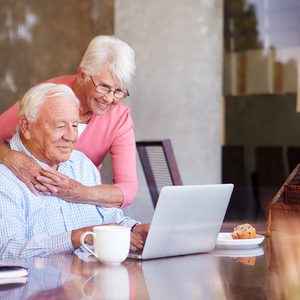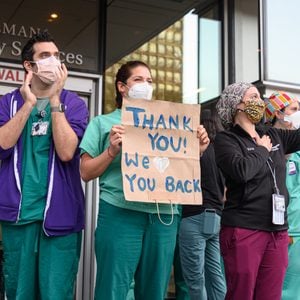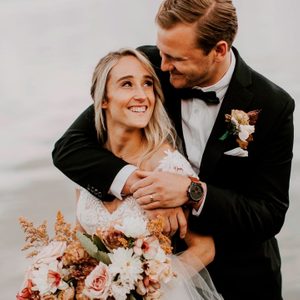I’m Living in a Long-Term Care Home During COVID-19—Here’s How I’m Coping
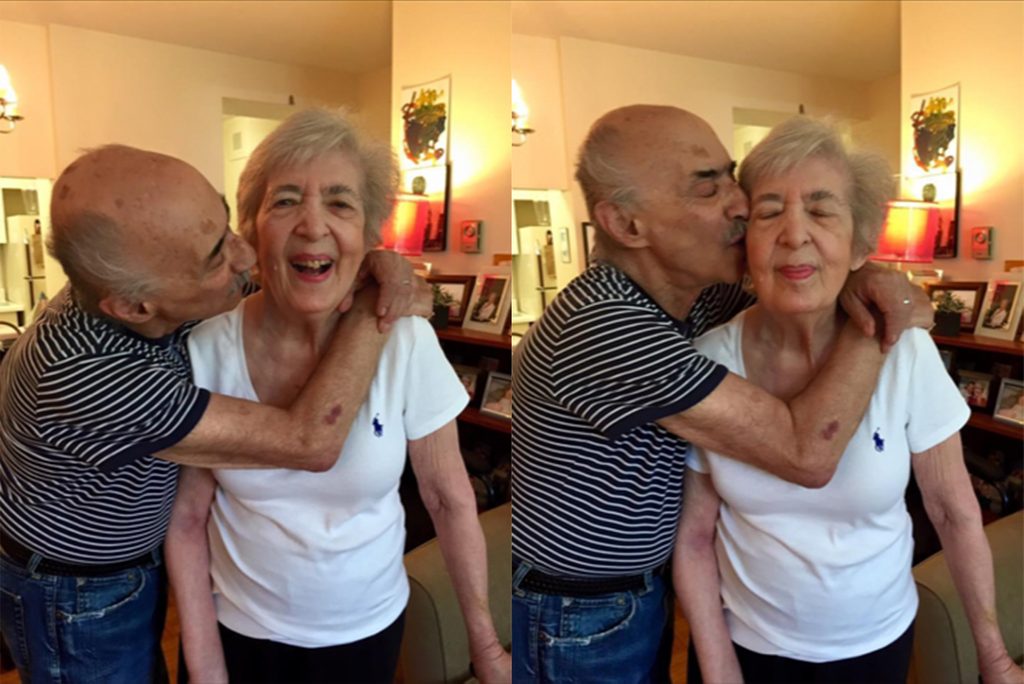
An 87-year-old resident of a long-term care facility hit hard by COVID-19 shares his hopes, fears and daily struggles of life in lockdown.
Irv Gershbain, 87, resident at Kensington Gardens, Toronto.
I moved to Kensington Gardens long-term care home in downtown Toronto in fall 2019. I had been on the waiting list for over a year, hoping to join my wife, Doreen. We’ve been married 62 years and she moved into Kensington in August 2018. Before that, we’d never been apart.
When I first moved in, we had rooms on separate floors. We visited each other often, though, and ate dinner together every night. Doreen has dementia. It affects her memory and sometimes her judgment, but otherwise she’s pretty hip and with it. We’re both 87, born three days apart. I’m almost completely blind from macular degeneration. I have 10 per cent peripheral vision in one eye and none in the other.
Doreen and I complement each other. She reads me the sports section. I remind her of stories from our life together. We listen to all kinds of music: Ella Fitzgerald, Kenny Rogers, Leonard Cohen. Sometimes Doreen sings along. She remembers so many lyrics.
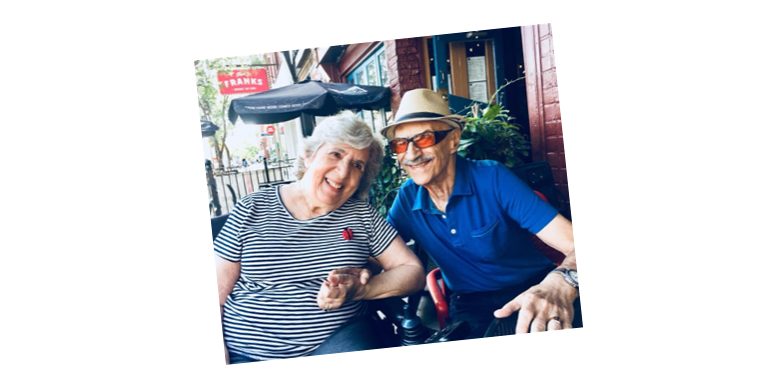
Our life together in Kensington changed in mid-March when COVID-19 was declared a pandemic in Canada. Everything went into lockdown, including our home. Residents were confined to our floors. And, if there was a case of COVID-19 on our floor, we were confined to our rooms.
On March 14, staff emailed family members and said they could no longer visit. In my experience, all information about the lockdown and the number of cases was communicated through our families—not to us. If I have one complaint about how things were managed at Kensington, it’s that nobody talked about any of this directly with me. I know that not everyone here would have been able to understand and handle it, but I can.
The day Kensington shut down visits, my daughter, Nikki, pretended not to see the email and rushed right over to get in one last visit. Doreen and I had no idea she was coming—or that this was the last chance we’d have to see each other for who knew how long. No one expected that our families would be kept away.
When Nikki arrived, we were sitting in the lobby. Before the pandemic, we often spent time there reading the paper and visiting with friends. That day, Nikki ran in all upset. She’d been trying to reach us in our rooms. I had no idea the home had sent out the announcement and didn’t sense her urgency. She told us what was going on and we quickly got down to the business of hugging and promising to call.
Within days, I was told I had to stay in my room. The woman across the hall from me had COVID-19. I believe she was the first case at Kensington. Staff didn’t tell me—I just guessed. But you’d have to be stupid not to realize what was happening. There was so much coming and going. I’m blind and I knew. A few days after I guessed what was going on, they e-mailed Nikki to officially let her know. After that, she received regular updates that she’d pass along to me.
Initially, it was very scary. I was constantly worrying and wiping down my doorknobs with a soapy washcloth. I spent almost two months in my room. Meals and snacks were brought to me. Nikki pushed to get a little exercise machine. So I pedalled, did calisthenics and listened to the news. I learned to deal with the isolation. What are you going to do? I talked to Doreen and my kids on the phone and we even had a Zoom Passover Seder. I appreciate the staff’s hard work. I want to keep living.
Doreen snuck up to my room a few times—just got on the elevator and up she came. The first time, about a month into our quarantine, I sent her packing. I was so worried she’d contract COVID-19. Then I felt terrible because I missed a chance to visit. We’d only been together again for five months before the lockdown. The next time I let her stay. I hugged and kissed her, and we had a lovely visit. The third time she got caught and staff threatened to put an alarm on her wheelchair. So that was that.
I was constantly anxious. My wife’s the most important thing in my life. Before I moved into Kensington, we visited three times a week. It was hard for us both to be separated for those 14 months. Once I was here to stay, Doreen became more herself again, reading and participating in activities. She’s very stoic and refuses to ask for help. There’s a tumour in her stomach and it’s my job to make sure she takes her pills before the pain gets too bad. In lockdown, who’s going to do that? I’m the only person she tells.
By early May, the woman across the hall recovered. But not everybody did. As of June 19, we have had 25 cases, and eight of those people died. I consider myself lucky. I listen to the news. I know what’s happening in other homes. In total, more than 950 residents have died in long-term care homes across Ontario. Other residents are being left alone in their rooms all day, with no one checking in, bathing or changing them. It’s tragic.
Today, there are no more cases at Kensington Gardens. A few weeks ago, I was able to move onto Doreen’s floor and we no longer have to stay in our rooms. They even let us out into the courtyard. It’s kind of like prison—one hour of exercise a day.
The province only just started allowing visits again on June 18 but it’s still very restrictive. Visitors have to get a COVID-19 test every two weeks and we can only meet one-on-one. We cannot gather together. Before that, we yelled from the balcony—with me on the third floor and Doreen on the second. Nikki would come visit us, along with my daughter-in-law Kavita, their kids and the dog all outside on the street. Boy did all that yelling embarrass the young teenagers.
I cannot wait to see them all again, but I know we’re always one outbreak away from being locked back down. Still, I can’t complain. Life is so hard right now for so many people. I get to feel safe again and be with Doreen.
Next, find out what it’s like to have a baby during the COVID-19 lockdown.
